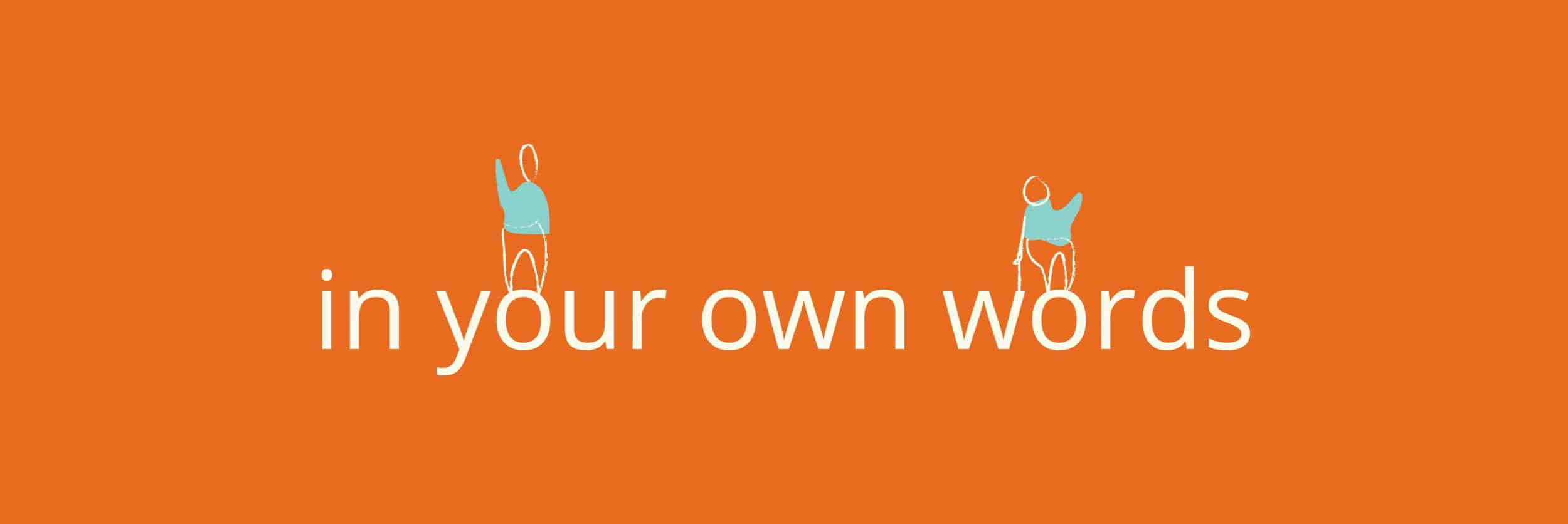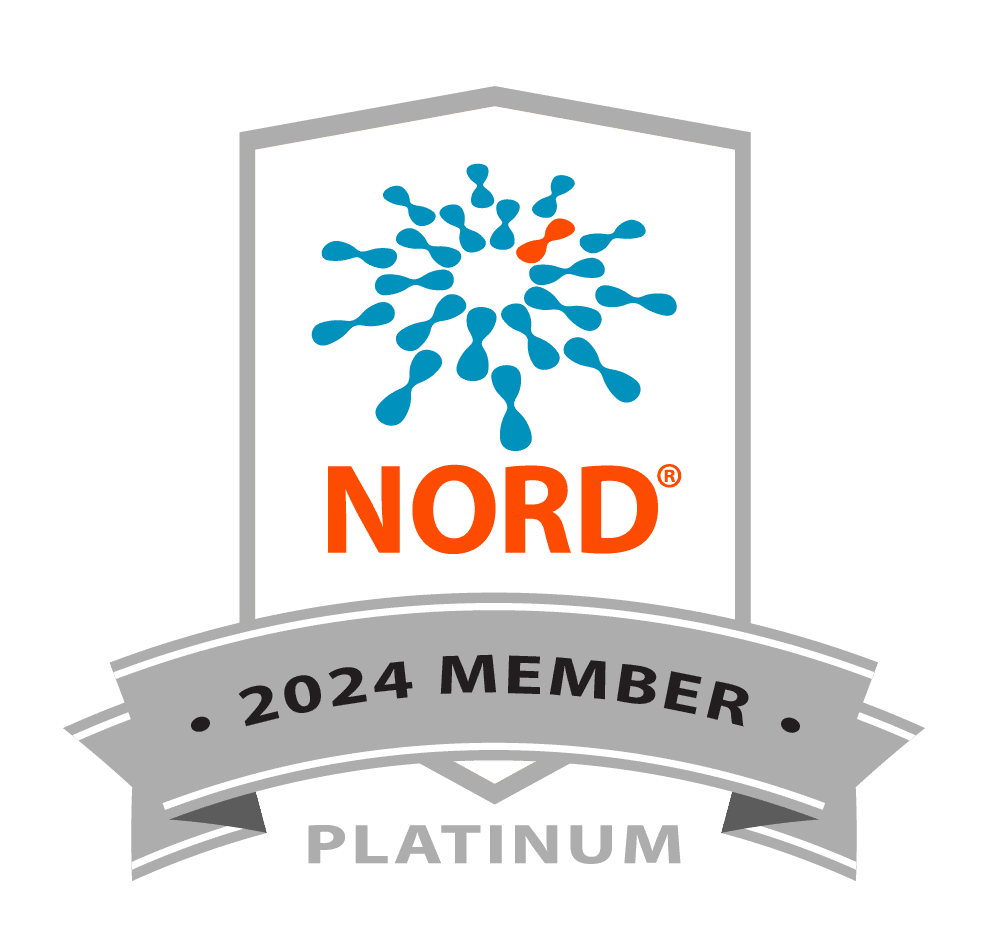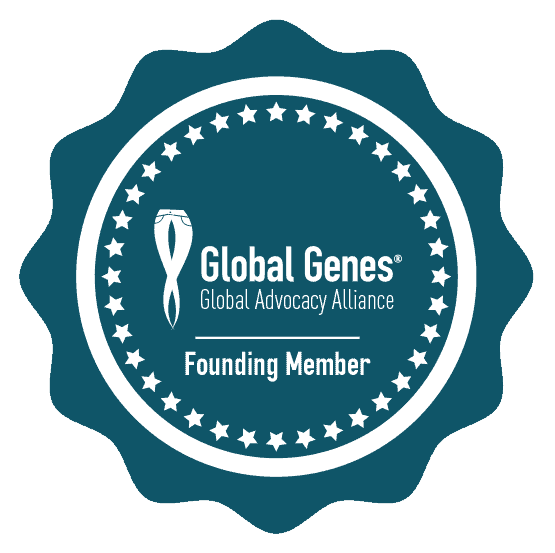The Patient and the (Future) Physician
By Mulan Jiang
My story began with a piece of chocolate. I remember the Toblerone softening, velvety darkness melting over my tongue. Then, I woke up to my mom squeezing my hand as paramedics carted me onto an ambulance.
Before that day, I had been the happiest I’d ever been. After graduating from MIT the previous spring, I took a year-long job as a research assistant in Stockholm, Sweden. During the week, I was investigating why salamanders can regrow heart tissue after a heart attack while humans cannot; on weekends, I flew to wherever RyanAir would take me. I’d just been accepted to Harvard Medical School, my dream program, and was celebrating my 23rd birthday by visiting Croatia with my family. I had been noticing a persistent headache, but I chalked it up to dehydration.
When I woke up in the ambulance, my parents told me that I had choked on the chocolate. But after I arrived at the hospital, the physician there explained that based on my sister’s description, he was certain that I had a tonic-clonic seizure. I took an MRI, which came back clean. The neurologist reassured me that there was nothing to be worried about: people can have one unexplained seizure. With the hope that everything was fine, I returned to Sweden.
Not a week later, I had my second seizure. When I went to the emergency room in Sweden, the neurologist told me that I’d spontaneously developed epilepsy. She prescribed me anti-seizure medications and sent me on my way. But my headache worsened. I would count the minutes until I could take another dose of ibuprofen to relieve the merciless stabbing pain in my brain. I grew dizzy and nauseous. When I saw another neurologist, he suggested that I had caught COVID or the flu to explain my persistent low-grade fever. To get any testing, I would have to wait at least a month. Frustrated with the pace of the Swedish system and particularly with how difficult it was as a foreigner without a social security number, I left my job early and returned to the US.
Three days later, I saw a neurologist back home in Kansas. She immediately admitted me to the hospital so that I could get an MRI, lumbar puncture, and EKG. Once I was an inpatient, things moved quickly. When my lumbar puncture came back with an elevated white blood cell count, I was preliminarily diagnosed with meningitis. I met with an infectious diseases specialist and started antibiotics and antivirals while they cultured my samples. But test after test came back negative, and I didn’t respond to any of the medications. I was in agony all the time. I realized that my vision was starting to blur, to the extent that I thought the digital clock on the wall was broken because I couldn’t see the numbers on the screen.
Receiving my MOG Antibody Disease (MOGAD) diagnosis sparked hope for me. I found out first through MyChart when the Mayo Clinic’s autoimmune panel came back saying that I had a high anti-MOG antibody titer. I immediately turned to Google, where I learned about MOGAD for the first time. I began reading the articles on the Mayo Clinic and Cleveland Clinic websites, trying to learn what I could about what it meant. The scientist in me wanted to understand exactly what was happening – what population of cells was causing the pathogenicity of the disease and how treatments interfered with the disease process. But I quickly discovered how much there remained to be learned about MOGAD.
I was treated with high-dose steroids followed by a prolonged taper. My neurologist told me that there was a 50-50 chance that this was a one-off attack and that I would never have to deal with this again. But when my extended family in China, some of whom are doctors, consulted their colleagues, they heard that patients with MOGAD almost always relapse and strongly recommended that I start a combination of mycophenolate mofetil and rituximab. I felt overwhelmed by the contradictory medical advice I was receiving. I tried to do my own research, scouring PubMed for articles about the efficacy of various treatments but finding little scientific consensus. Previously, I had thought that the challenge in medicine came in the diagnosis, and once we knew what was going on, then the treatment plan would become clear. However, I discovered how much uncertainty persisted in the treatment phase of my illness. When I saw the 2023 and 2024 dates in the articles, I realized how research was still ongoing. I had always found research fun. I liked designing experiments and asking questions without known answers – that was what drew me to Sweden in the first place. Now, though, I have found a new gravity in research, a sense of urgency in needing to do work that could inform clinical care within my lifetime.
Simultaneously, I was plagued by doubts about starting medical school. What if I had a relapse? My neurologist said that her next choice of treatment to try would be IVIG, but how could I regularly miss class to get infusions? What if I have a seizure during surgery, or what if I struggle to find a treatment that keeps my symptoms at bay? Even though prednisone stopped my debilitating headaches, I was struggling to adjust to the side effects. I gained twenty pounds, broke out in an extraordinary amount of acne seemingly overnight, developed insomnia and gastritis, and constantly felt like I was starving no matter how much I ate. It was hard imagining that I could learn to care for patients when I could barely care for myself. I felt like I was wading into uncharted waters, as I simply couldn’t imagine what day-to-day life as a medical student with MOGAD would look like.
Thankfully, through my school’s disabilities office, I was able to get accommodations, like missing class without notice, that helped ease my concerns. I moved to Boston and began medical school on time. The very first week, though, my fears became a reality: I felt the telltale stabs of pain starting to pierce through my brain. As I grew dizzy and my vision blurred, I knew that I was relapsing. Just as the side effects from the initial dose had begun to fade and I started to recognize myself in the mirror again, I restarted the treatment course all over again.
In some ways, the second time around was harder than the first. I had clung to the hope that I would be one of the patients who simply recovered and never had an attack again. The relapse took that hope from me. My naivety during the first course of treatment had also been a blessing. No one had told me about the side effects of prednisone, so when I began the IV doses the first time, I was purely excited to recover. This time, knowing how the medication would alter my body, I felt like I was watching poison drip into my veins. I had put on a brave facade during the first treatment course, convincing everyone, including myself, that I could simply tough it out. But repeating what I thought was in the past all over again wore down that shield of optimism like water eroding rock.
I know that my illness has changed how I interact with patients. From volunteering at Massachusetts General Hospital for two years, I’d spoken to numerous patients about their stories. Now, meeting my first patients as a medical student, I was struck by how the nature of interactions had changed. When I wear my white coat to interview patients, they often say, “Oh, you must know all about this already.” Yet, as a first-year student, I don’t see myself as a fount of knowledge. The white coat feels like a false barrier between me and the patient: I relate far more with the role of the patient than with being a doctor. Of course, I will never fully understand someone else’s experience, but having sat in the same infusion center, I feel some level of kinship with the patients I meet.
Even as I explore my new perspectives as a medical student and patient, I feel the pressure of playing the seemingly opposing parts simultaneously. After my neurologist decided to start me on IVIg, my insurance denied coverage of treatment twice for not being “medically necessary.” After the second denial, I didn’t know what to do. As a student already taking out loans to pay for my education, I was incredibly worried about my ability to afford treatment. Without a step-by-step guide for what I could do, I felt like I was stumbling around a dark forest. So, between trying to stuff the muscles of the hand and steps of glycolysis into my brain, I was scouring the web for what to do. I appealed the decision again, explored switching insurances, read up on alternative treatments, and asked about getting financial aid through the hospital, the pharmaceutical company, or the school. Finally, upon the recommendation of one of my peers, I asked my neurologist to conduct a peer-to-peer review with my insurance company. I was so relieved that after the review, my insurance agreed to cover my IVIG.
Despite the difficulties, I’ve been incredibly cognizant of the immense amount of privilege I have as a medical student in the medical mecca that is Boston. I suddenly had access to a massive network of physicians who even helped me move my neurology appointment up by a month when I began relapsing. I got in touch with Dr. Michael Levy, whose lab I’d dreamed of working in ever since I was still an inpatient reading papers about a diagnosis I didn’t understand. I see in the people around me, both current and future doctors, who genuinely care about their patients and peers. I’m around people I can comfortably and openly talk to about MOGAD. In fact, sharing my diagnosis story and my struggles has helped me feel like I can use my experiences for others’ knowledge. I want people to understand that rare diseases, despite being rare, do happen. Moreover, I want the next generation of doctors to know how important it is to stay up-to-date on research. Perhaps it’s just my attempt to find a purpose, but I hope that my presence in my class is a daily reminder that prevents rare diseases from being overlooked during our medical education.
Thankfully, my condition has stabilized. I’ve been able to keep up with my classes, and I have my monthly at-home IVIG appointments. I’m starting to understand what it means to live with MOGAD long-term, and I’m keen to share my experiences and start conducting research with the Levy Lab. MOGAD has changed my outlook on life – to be for my health and the people around me, to be intentional with how I spend my time, and to find joy in the day-to-day.
Last year, I attended an Italian festival for the Saints Cosmas and Damian. Although I’d never been religious (in truth, I’d gone for the fried Oreos), I decided that it couldn’t hurt to pray to them for a medical school acceptance. I promised the saints that if I could get into medical school, I would use my training to serve my patients to the highest degree that I could, to give back some of the blessings that have been bestowed upon me. I like to think that they’d heard my prayer. I may have been dealt a bad card, but I have also been given so much support and so many opportunities to not only overcome my disease but also to impact the lives of others. Living with MOGAD shapes me into a physician who can uphold that promise I made a year ago. In the end, my experiences have been bittersweet, like a piece of chocolate.
Our “In Their Own Words” blog posts represent the views of the author of the blog post and do not necessarily represent the views of SRNA.





